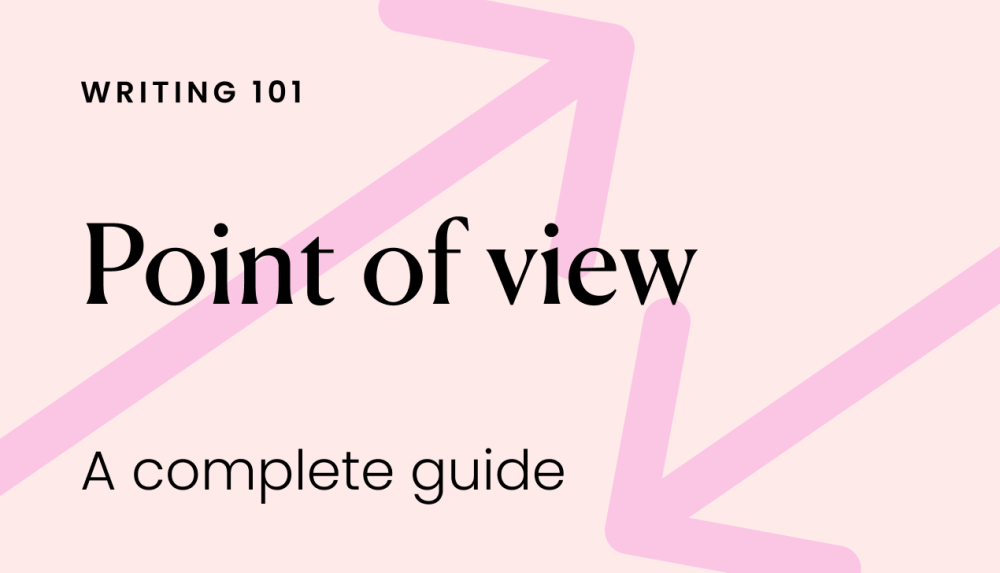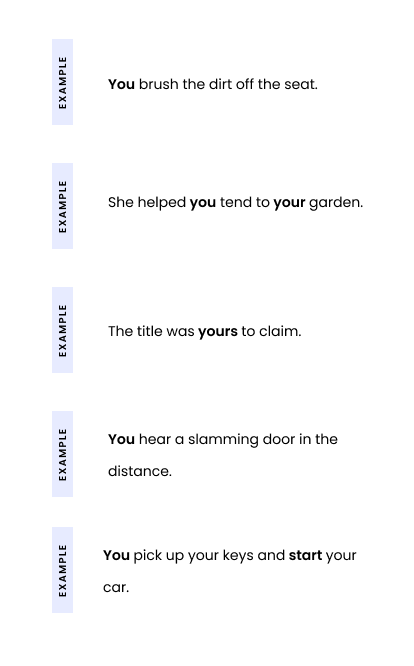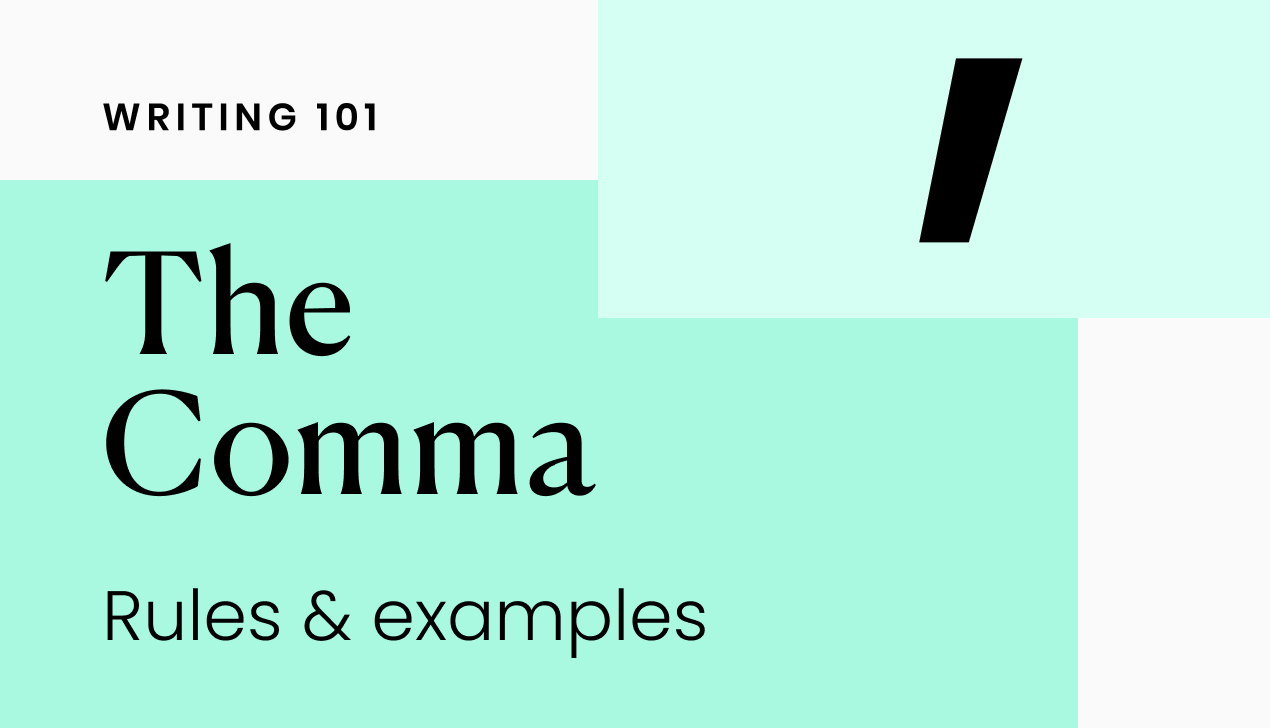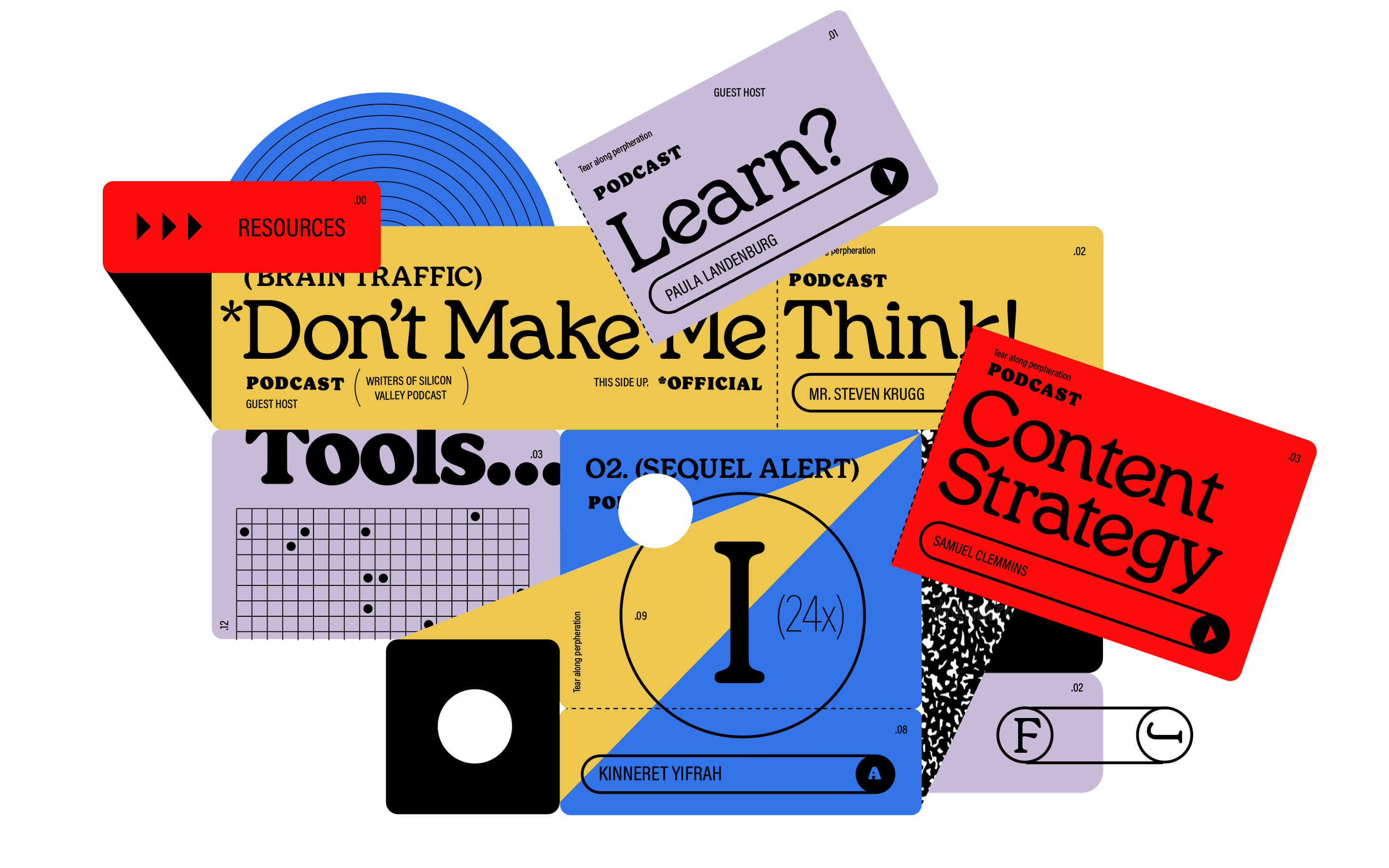Words at work
– 6 min read
Point of view: a complete guide

Whether you’re writing a blog post, a novel, an academic report, or a simple email to a colleague, you have a decision to make.
What point of view should you use?
Each POV has its benefits, but you’ll need to have an understanding of how they work before you can decide which one is right for your story. That’s why we’ve put together this guide.
Here, we’ll cover everything you need to know about points of view, including what they are, why they’re important, and a breakdown of the three main types. We’ll also include examples of each type of point of view so you can see the differences.
1. What is point of view?
Point of view (POV) applies when you’re talking or writing, but you’ll most likely see it referred to in fiction writing. The point of view you choose will greatly affect the storytelling process and narrative.
Point of view is essentially the perspective from which the story or narrative is being told. It answers the question of “who” is telling the story. Another way to look at it is the position from which someone or something like a scene or narrative, is being observed.
Point of view can be told from three different POVs: first-person, second-person, or third-person. We’ll dive into the specifics of these later in this post, but for now, just know there are three to choose from.
2. Why is POV important?
As mentioned above, the point of view you pick determines how a story unfolds. What do you want your audience to know? Should they “hear” what’s going on inside the heads of the characters, or should they be viewing it from an outsider’s perspective? The point of view you choose determines this.
Point of view can be used as a tool to help express feelings and thoughts. You can use it to reveal someone’s motivations or experiences. Don’t think of it as a box to check in your list of story elements; rather, consider point of view a literary device that can help your story shine.
3. Types of POV
There are three distinct points of view that you should be aware of. Each one has the potential to change the angle of your story. Here’s a bit on each POV so you can understand how they work and know when to use them in your writing.
First-person point of view
If you notice the narrator using first-person pronouns like I, me, mine, or myself, then you’re likely dealing with a story written in the first-person narrative. The first-person point of view helps the reader vicariously live out the story through the eyes of the narrator. When someone tells you a story verbally, they’ll often use this point of view to describe something they’ve witnessed themselves.
In this POV, you may have the protagonist as the main character. Meaning whoever I is — that’s who the story is about. When the protagonist is written in first-person voice, the audience gets an insight into the main character’s mind or thoughts. Sometimes this point of view is achieved through the use of journals, diaries, or letters.
Note that the first-person point of view can be used without making the story entirely about the person speaking. For instance, the narrator may tell the story in the first person, but they aren’t the ones witnessing what’s happening. They may appear to have an omniscient presence in the story or book. The person speaking may also be a minor character or unreliable in their perspective. You should never assume the person speaking in first-person voice knows everything that’s going on.
Second-person point of view
If you notice the storyteller using the pronoun you, then you’re likely reading a second-person account. This isn’t commonly used in fiction, but it can be done. One benefit to using the second-person point of view is that you can pull the reader right into the action. You don’t necessarily have to set a stage.
Keep in mind that, of the three POVs, the second-person point of view can be the most challenging to use for storytelling or fiction. This is mainly because it can feel like a gimmick or repetitive with the use of the word you. However, some stories or formats lend well to the second-person point of view. For instance, if you were writing a how-to story or “choose your own adventure” book, it absolutely makes sense to employ the second-person point of view.
Third-person point of view
If you notice the narrator utilizing pronouns like she, they, he, or it, then you’re probably reading a story written in third-person voice. This POV is often the most commonly used of the three. This is because it gives the writer more flexibility when they don’t have to write from a singular perspective. It essentially broadens the horizons of the story.
However, that’s not always the case. When writing in third-person limited, the point of view does have to be written from one character’s perspective. Often with this POV, that character is the protagonist.
On the other hand, writing in third-person multiple lets the narrator follow the perspectives of more than one character. This is where that flexibility piece plays in. The writer can switch between the different characters in the story. Even less restrictive is third-person omniscient, which allows the author to tell the story from anyone’s point of view.
4. Point of view examples
In this section, we’ll share examples of all three points of view, so you can learn to identify each.
First-person examples
Remember, first-person POV uses these pronouns:
I, my, our, we, me, us
Here are a few examples of what first person looks like:

Second-person examples
Second-person POV relies on the following pronouns:
you, your, yours
Here are some examples of second-person POV in use:

Third-person examples
You’ll see the following pronouns used for third-person POV:
she, they, he, it
Here are a couple examples of third-person POV:

Let’s practice: One fun way to exercise your POV writing skills is to look at a common story and picture it from the three different points of view. Let’s take Cinderella, for example.
First person: I left my glass slipper at the ball last night.
Second person: You see her step out of her glass slipper and leave it at the ball.
Third person: She seemed flustered as she ran away from her glass slipper.
***
If you’re just getting started with storytelling or writing fiction, it helps to begin with first- or third-person voice. These offer more flexibility and are easier to work with. However, there’s no rule telling you which point of view you have to use. Consider what makes sense for your unique story. But most of all, have fun with it!
Looking for more ways to improve your writing? Start a free trial today.





